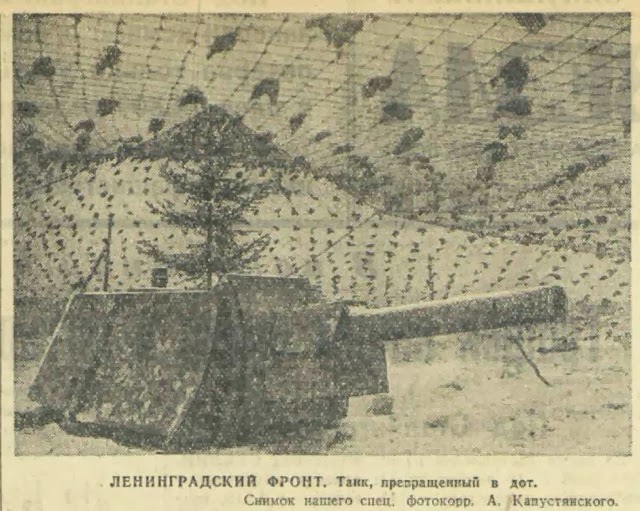A while ago, I wrote a Q&A special on Soviet tank armour. Since then I have gotten periodic requests to do a similar special on German tank armour. Initially, I did not intend to write such an article, but duty calls. However, this is no ordinary article.
Usually, archive materials do not particularly surprise me. I see a “that’s interesting” here and there, maybe a “huh, I didn’t know that”. I’ve even come to terms with ridiculous things that happen when you try to compare reports from the two sides involved. But this, this is something unprecedented. Many things I have written shocked my readers, but this discovery shocked even me.
It all started, as it usually does, with an argument on an internet forum. As it often happens, we were discussing a DTIC document, specifically “Metallurgical Examination of Armor and Welded Joints from the Side of a German PzKw (Panther) Tank“, to be precise. This report says lots of things one would normally expect to see in a report about late-war German armour: “The steel quality rating was “D”…which is borderline acceptable”, “the fracture was extremely brittle in nature, with a bright flat crystalline surface”, “inferior toughness, as evidenced by brittle fractures and low impact resistance”, “extremely poor shock properties”, etc, etc. If you looked into German armour in any serious manner, you’ve seen it all before. However, WoT forums poster Daigensui brought something unexpected to my attention, a claim by American intelligence that the quality of German armour did not deteriorate from 1942 to 1945. I did not believe my eyes. How could that be? Surely German armour in 1942 was not as bad as it was in 1945? Let’s take a trip back in time, through many years of armour samples, to see where it all went wrong.
Continue reading →


